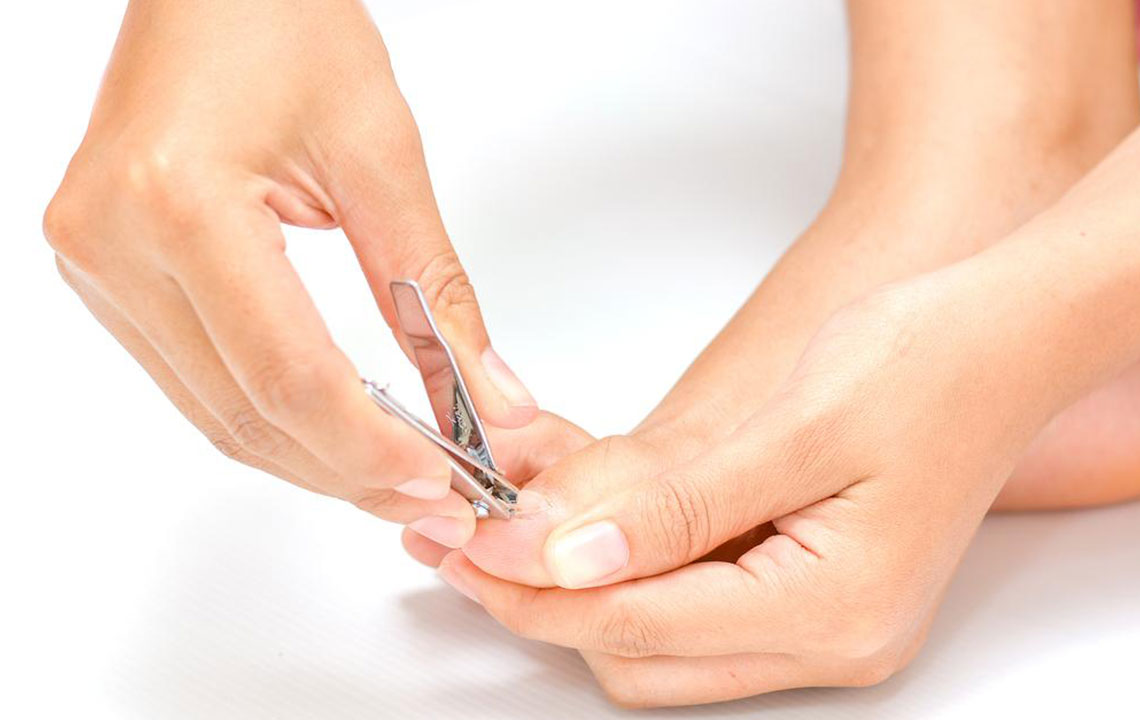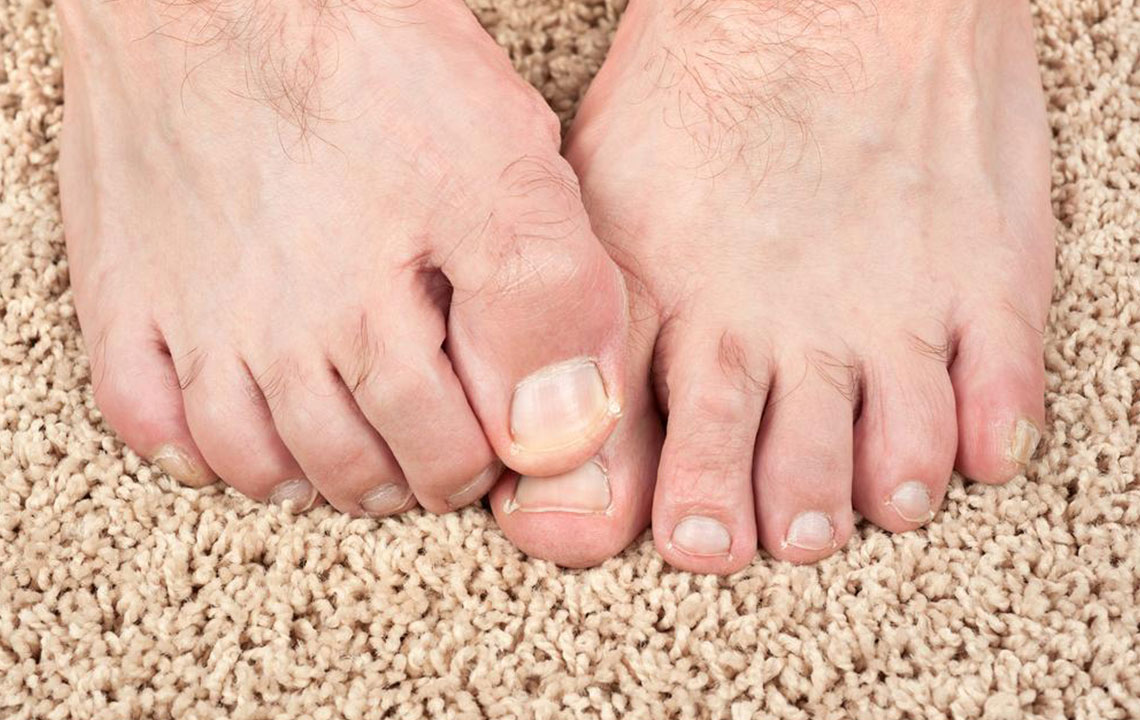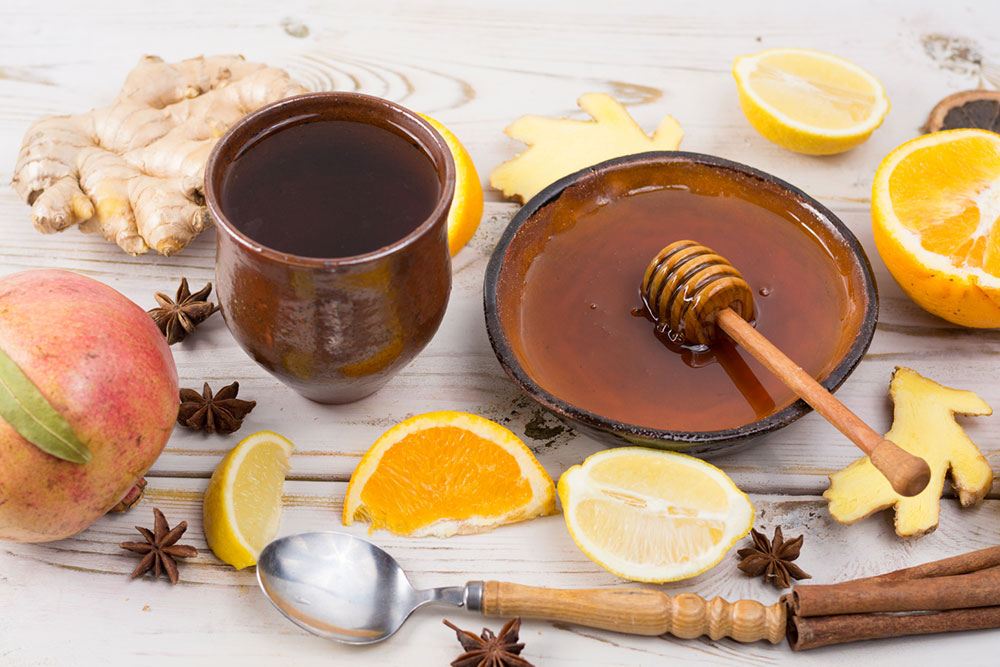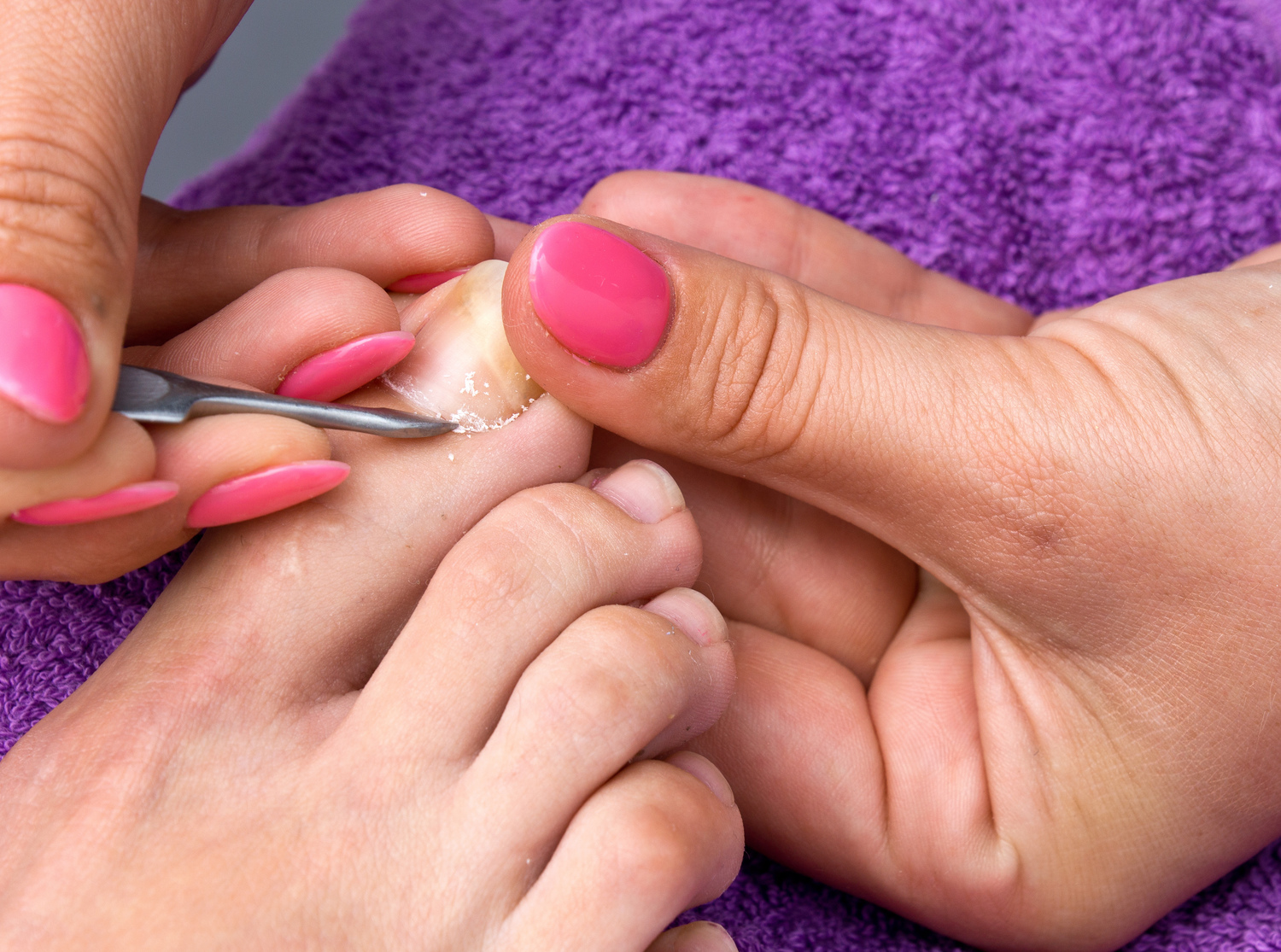Comprehensive Guide to Natural Home Remedies for Toenail Fungus
Explore a comprehensive guide to natural home remedies for toenail fungus, including apple cider vinegar, tea tree oil, olive leaf extract, and more. Learn effective, safe, and affordable methods to treat and prevent fungal infections naturally from the comfort of your home, ensuring healthy, fungus-free nails with minimal side effects.
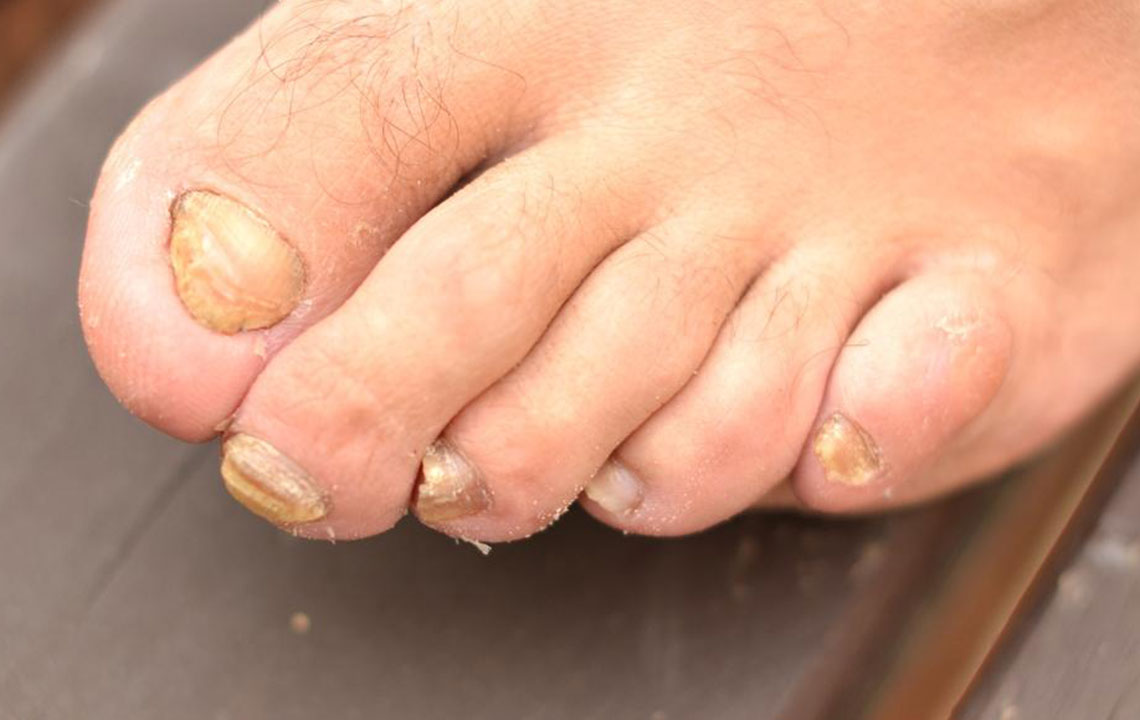
Proven Natural Treatments to Combat Toenail Fungal Infections Effectively
Toenail fungal infections, medically known as onychomycosis, are common conditions that can cause significant discomfort and aesthetic concerns. They typically present with symptoms such as thickening, discoloration, swelling, and sometimes a foul odor from affected nails. This issue is often caused by an imbalance in the skin’s pH levels or an environment of excessive moisture, which promotes fungal growth. Additionally, individuals with compromised circulation—especially those with diabetes—are more prone to these infections. While conventional treatments involve topical antifungal medications, oral prescriptions, or even surgical interventions in severe cases, many people seek safer, natural alternatives. Home remedies, using readily available ingredients, have gained popularity for their effectiveness and minimal side effects.
Understanding the root causes and available natural options can empower individuals to manage toenail fungus safely and effectively at home. Each remedy offers unique benefits, targeting the fungus directly or strengthening the overall health of the nails and surrounding skin.
Understanding Toenail Fungus and Its Causes
Toenail fungal infections occur when dermatophytes, yeasts, or molds infiltrate the keratin-rich tissues of the nail. This invasion causes the nail to thicken, change color (often yellow or brown), and become brittle or crumbly. The fungi thrive in moist, warm environments, making sweaty shoes, damp socks, and communal showers notorious breeding grounds.
Underlying health conditions, such as diabetes, impair circulation and immune response, heightening susceptibility. Age also plays a role, as decreased blood flow and cell regeneration slow down the body's ability to fight off fungal invasions. Lifestyle factors, such as poor foot hygiene and walking barefoot in communal areas, further increase risk.
Conventional Treatments and Their Limitations
Typically, medical professionals recommend topical antifungal creams, ointments, or oral antifungal drugs to eradicate the infection. While effective for many, these solutions can have drawbacks including potential side effects like gastrointestinal upset, allergic reactions, or liver toxicity. Surgical removal of the infected nail might be necessary in stubborn cases, but it is invasive and may require a lengthy recovery process. Therefore, many individuals turn to natural, home-based remedies that aim to inhibit fungal growth while promoting the healing of damaged tissues.
Natural Remedies for Toenail Fungus
The good news is that numerous household ingredients and herbal remedies possess antifungal, antibacterial, and healing properties. These options are often safe, cost-effective, and can be implemented consistently for healthy nail recovery.
Apple Cider Vinegar
One of the most popular natural remedies is apple cider vinegar (ACV), celebrated for its acidity that helps create an inhospitable environment for fungi. It can be used both topically and internally. To use ACV as a foot soak, mix two cups of raw, unfiltered apple cider vinegar with warm water, adding a handful of Epsom salts. Soaking the affected feet for 15-20 minutes twice daily can significantly reduce fungal presence. The acetic acid in vinegar penetrates the nail and destroys the fungal cells. Additionally, diluting ACV with honey and warm water to drink can promote systemic healing and support the immune system.
Remember to dry feet thoroughly afterward, especially between toes, to prevent re-infection.
Olive Leaf Extract
Olive leaf extract is a potent herbal remedy known for its antifungal, antiviral, and antibacterial properties. It can be taken as a daily supplement, typically in capsule form, to boost the body's natural defenses against fungal infections. Its active compound, oleuropein, supports immune function and detoxification, which are crucial for overcoming persistent toenail infections. Regular intake can help reduce fungal load, prevent recurrence, and improve nail health over time.
Tea Tree Oil
A widely recognized essential oil with powerful antifungal properties, tea tree oil has been used for skin infections for decades. To apply, clean the affected area thoroughly, then dilute tea tree oil with a carrier oil such as coconut or olive oil (a 1:1 ratio). Use a cotton swab to apply the mixture directly onto the infected nail and surrounding skin twice daily. Consistent application can help eliminate fungi and reduce inflammation. Over time, this treatment can restore healthy nail appearance and prevent further spread.
Orange Oil
Another natural antifungal agent is orange oil, rich in limonene, which inhibits fungal growth. When used cautiously on affected nails, orange oil can be remarkably effective. It should be diluted before application, and sensitive skin areas should be tested first for adverse reactions. Regular topical application can help reduce fungal colonies, promoting healthier nails.
Organically Sourced Cornmeal
Cornmeal, a natural antifungal, can be transformed into a foot soak. Soaking your feet in a mixture of warm water and organic cornmeal for 15-20 minutes daily can disrupt fungal growth. Cornmeal contains compounds that inhibit mold and yeast, making it a gentle yet effective remedy. This method is especially appealing for those seeking a natural, chemical-free approach.
Baking Soda and Borax
Creating a natural alkaline paste with baking soda and borax is another way to combat toenail fungi. Apply the paste directly to the infected nails, let it sit for 15-20 minutes, then rinse off thoroughly. The alkalinity of this mixture impedes the acidic environment that fungi prefer, hindering their proliferation. Regular use enhances recovery and reduces the likelihood of recurrence.
Coconut Oil
Rich in caprylic acid, coconut oil effectively penetrates fungal cells and destroys their membranes. Applying this oil generously to infected nails twice daily not only helps eliminate existing fungi but also moisturizes and strengthens the nail and surrounding skin. Its antimicrobial benefits make it an excellent adjunct to other remedies.
Essential Oils: Lavender and Oregano
Lavender and oregano oils are renowned for their antifungal effects. For topical use, dilute a few drops of each essential oil with carrier oils like coconut or jojoba oil. Applying these blends before bed and covering the nails with socks enhances absorption and efficacy. Over time, these oils can help prevent recurrence and maintain nail health.
Probiotic Supplements
Maintaining a healthy balance of bacteria through probiotic supplements can indirectly reduce fungal growth. These beneficial bacteria strengthen the immune system and enhance skin flora, making it less hospitable for fungi. Incorporating probiotics into your diet or supplement routine can support overall infection control and improve nail resilience.
Safety and Precautions
Natural remedies are generally safe, but individual sensitivities can occur. Always perform a patch test before applying oils directly to large areas of skin to check for allergies. If symptoms persist beyond a few weeks or worsen, consult a healthcare professional for proper diagnosis and treatment. Some remedies, like tea tree oil and orange oil, should be used cautiously on sensitive skin or broken skin to prevent irritation.
In conclusion, home remedies offer a promising alternative or complement to conventional treatments for toenail fungus. When used consistently and correctly, these solutions can help eliminate infection, promote healthy nail regrowth, and reduce the risk of recurrence. Combining natural approaches with good foot hygiene, such as keeping feet dry, wearing breathable footwear, and avoiding walking barefoot in communal areas, provides a comprehensive strategy for toenail health. Always seek medical advice if unsure or if the condition persists, as early intervention leads to better outcomes.
